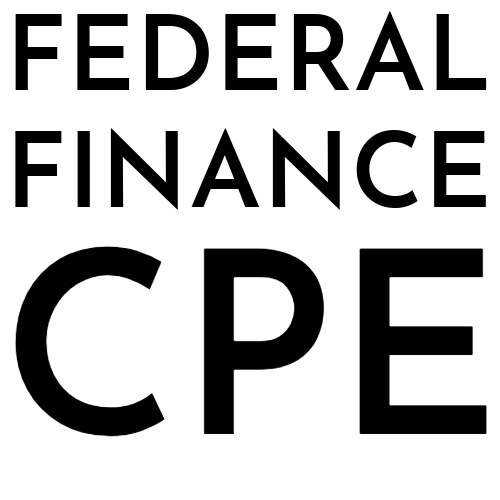The bottom line up front: You can trace a federal appropriation from its source all the way through SF-132s, SF-133s, and the Statement of Budgetary Resources (SBR) by using the budgetary resources section across an agency's financial reports. Here's how to do it.
Understanding how appropriations or Budget Authority flow through federal budget reports is essential for auditors, federal financial management, and compliance professionals working in accounting for governmental entities. When these reports reconcile properly, you know the agency is accurately tracking its budget authority. When they don't match, you've identified a potential control weakness or accounting error that needs investigation.
This skill is fundamental to federal accounting training and a core competency for anyone conducting Yellow Book audits or financial statement reviews.
Let's walk through FY 2024 data for the Selective Service System to see how this works in practice.
The Selective Service System received a FY 2024 annual appropriation of $31,300,000 for salaries and expenses(PUBLIC LAW 118–47). This is your starting point—the budget authority Congress provided.

The SF-132 shows how OMB apportioned those funds to the agency. For FY 2024, Selective Service had two unexpired funds:
- The FY 2024 annual fund

- A FY 2021–2025 multiyear fund

These apportionments show you what the agency is authorized to obligate during the fiscal year. Remember that only unexpried funds receive SF 132 (apportionment schedules)
The SF-133 ties everything together in the total budgetary resources section. It combines your unexpired funds with any expired fund balances.

For Selective Service, total budgetary resources were $36,000,000, consisting of:
- $31,800,000 in budget authority (the appropriation plus spending authority)
- $4,669,965 in Unobligated balances brought forward from prior years
You can drill down by fiscal year in the SF-133 tabs. For example, you'll see the FY 2021–2025 multiyear fund (unexpired)

the FY 2024 annual fund (unexpired)

and prior-year expired balances from
2023

2022

2021

2020

(FY 2019 balances were canceled by year-end and won't appear on the SBR.)

Finally, check the SBR. For FY 2024, Selective Service reported total budgetary resources of $36,469,966 on the SBR.

This figure includes:
- Unobligated balances brought forward from prior years (sum line 1070 from the Multiyear fund and expired funds and round ($4,669,996 = $2,289,606+$391,503,+$1,366,738+$413,360+$208,760)
- The appropriation ($31,300,000)
- Spending authority ($500,000)
When you trace these amounts across reports, they should all agree:
- Appropriation → SF-132 → SF-133 → SBR
If you find differences, that's your signal to dig deeper. Those variances are starting points for audit procedures and control testing under Yellow Book CPE standards.
This technique works for any federal agency. Whether you're performing a financial statement audit, testing budgetary controls, or conducting compliance work under the Antideficiency Act, being able to trace appropriations across these reports gives you confidence in the numbers. It helps you spot problems before they become findings.
Mastering these reconciliation procedures is exactly the kind of practical skill covered in quality government accounting training courses focused on real-world federal government accounting training scenarios.
Visit
FederalFinanceCPE.com for accounting CPE online—featuring online governmental accounting courses and government accounting training designed specifically for professionals working in and with the federal government. If you want to learn more about account status check out our
Treasury Account Symbol training. Our governmental accounting CPE helps you master federal financial management concepts you can apply immediately in your work.
